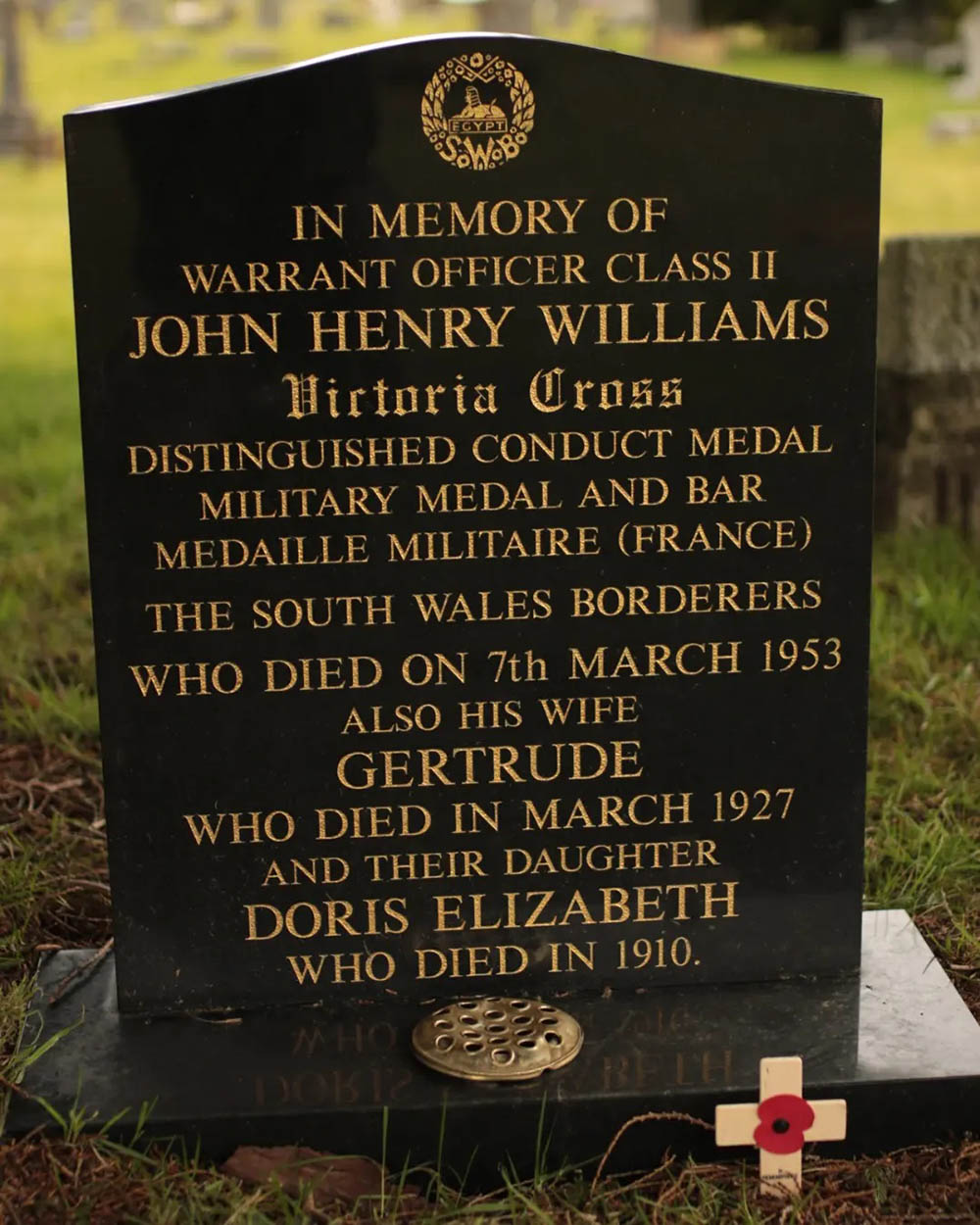Sadlier, Clifford William King
- Date of birth:
- 1892 (Camberwell/Victoria, Australia)
- Date of death:
- April 28th, 1964 (Busselton/Western Australia, Australia)
- Nationality:
- Australian
Biography
Clifford Sadlier moved to Subiaco, WA as a youth. He enlisted in the Australian Imperial Force in 1915, initially serving with the Army Medical Corps before joining the 51st Battalion in France. Promoted to lieutenant in 1918, Sadlier distinguished himself during the Second Battle of Villers-Bretonneux. Despite being wounded, he led a bombing section to silence multiple enemy machine-gun posts, ultimately clearing the flank and enabling his battalion’s advance. His solo assault on a third gun earned him the Victoria Cross for “coolness and utter disregard of danger”.
Invalided home later that year, Sadlier was discharged in 1919. He became State Secretary of the Returned and Services League and served on the Claremont Road Board, chairing it in 1928–29. He married Alice Edith Smart in 1936 and worked as a clerk in the Repatriation Department until 1949. Sadlier attended the VC Centenary in London in 1956. His medals were donated to St George’s Cathedral in Perth, where replicas are displayed.
Do you have more information about this person? Inform us!
- Period:
- First World War (1914-1918)
- Rank:
- Lieutenant
- Unit:
- 51st Australian Battalion, 13th Australian Brigade, 4th Australian Divison, Australian Military Forces
- Awarded on:
- July 11th, 1918
- Period:
- First World War (1914-1918)
- Period:
- First World War (1914-1918)
- Period:
- First World War (1914-1918)









